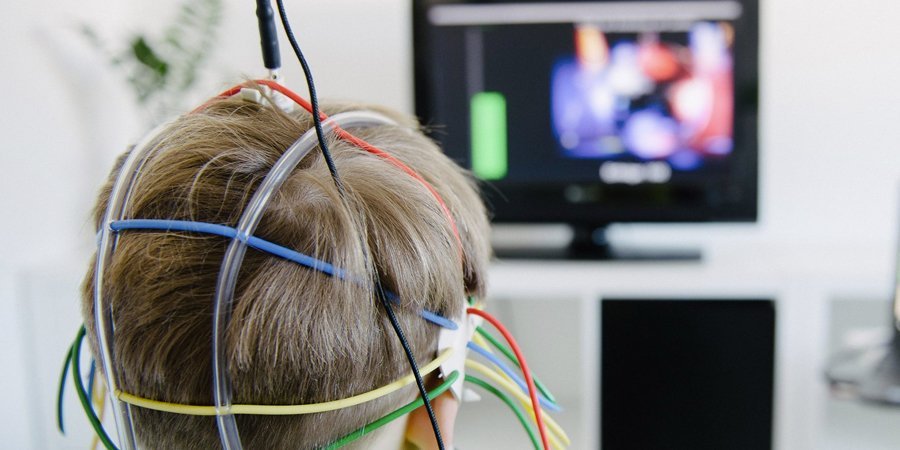Biofeedback is a method that teaches patients how to control certain bodily processes by utilizing signals from their own physiology. This method involves employing sensors that monitor physiological responses such as heart rate, muscle tension, and skin temperature. By providing immediate feedback, patients can discover to identify their body's responses to pain and stress. This awareness allows them to develop strategies to manage their pain more efficiently. For instance, if a person observes that their muscle tension increases when they are in pain, they can utilize relaxation strategies to help reduce that tension.

One of the key advantages of biofeedback is that it empowers patients to take an active role in their pain management. Instead of relying solely on drugs or treatments from medical providers, patients can gain to comprehend and regulate their own bodies. This feeling of control can lead to increased confidence and a more positive outlook on life. Many patients report feeling more in charge of their pain and less like victims of their syndrome. This shift in perspective can substantially improve their standard of life.
Studies has shown that biofeedback can be beneficial in alleviating chronic pain symptoms. Research suggest that patients who use biofeedback techniques often undergo less pain and better physical ability. Additionally, biofeedback can help reduce anxiety and stress, which are frequent concerns for those living with chronic pain. By tackling both the physical and emotional aspects of pain, biofeedback offers a holistic approach to pain management. This comprehensive method can lead to superior outcomes for patients, allowing them to participate more completely in their daily activities.
In conclusion, biofeedback is a valuable tool for transforming chronic pain management. By teaching individuals to understand and control their physiological responses, biofeedback empowers patients to take control of their pain. This approach not only helps alleviate pain but also enhances overall quality of life. As more people seek alternatives to traditional pain management methods, biofeedback emerges as a potential solution. With ongoing investigation review and recognition, biofeedback could become an essential part of chronic pain therapy, helping patients lead healthier, more fulfilling lives.